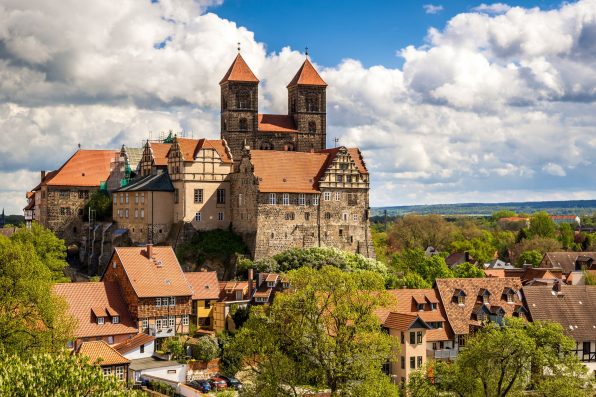The centuries-old gallows in Quedlinburg, Germany, is something that researchers have been aware of for years. The city became a bustling center of trade in the Middle Ages. By the late 17th century, the gallows had witnessed the executions of countless criminals.
Two years ago, a team of researchers from the State Office for Monument Preservation and Archaeology of Saxony-Anhalt began conducting excavations in the area.
They dug up bone pits, individual burials, funerary items, and more. The remains offered a glimpse into how the execution process worked.
Business was booming in Quedlinburg during the Middle Ages. Of course, a thriving city attracted its fair share of criminals. So, a gallows was created in the 17th century. The site is believed to have featured a large wooden structure with an overhead beam. A noose would have hung from the beam.
Written records show that the first execution occurred in 1662, and the last took place in 1809. It was then that penal reforms led to the abandonment of public execution sites.
A wealth of artifacts was uncovered from the site, including ceramics, buttons, clothing, and other objects. Analysis of these personal items could help reveal how execution victims were treated before their deaths and what they were permitted to carry with them as they faced their punishments.
During the excavations, the archaeological team also unearthed a bunch of skeletons from at least 16 individual graves and two bone pits filled with human remains. The remains were stacked at random, indicating that the dead buried there were not well-respected.
“People were usually buried lovelessly in the ground like animal carcasses, without any sympathy or care,” said Marita Genesis, the lead archaeologist.
One of the most interesting discoveries was of a “revenant grave.” These types of graves belonged to individuals who were thought to possess supernatural abilities. They were meant for people who were supposedly vampires and witches with the power to rise from the dead.

Sign up for Chip Chick’s newsletter and get stories like this delivered to your inbox.


